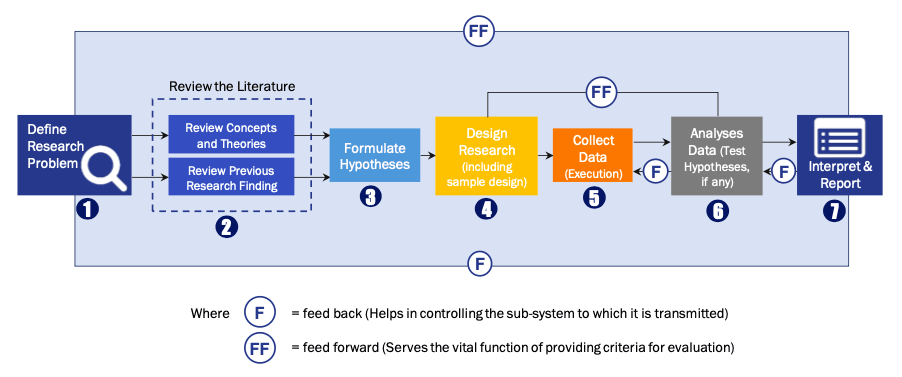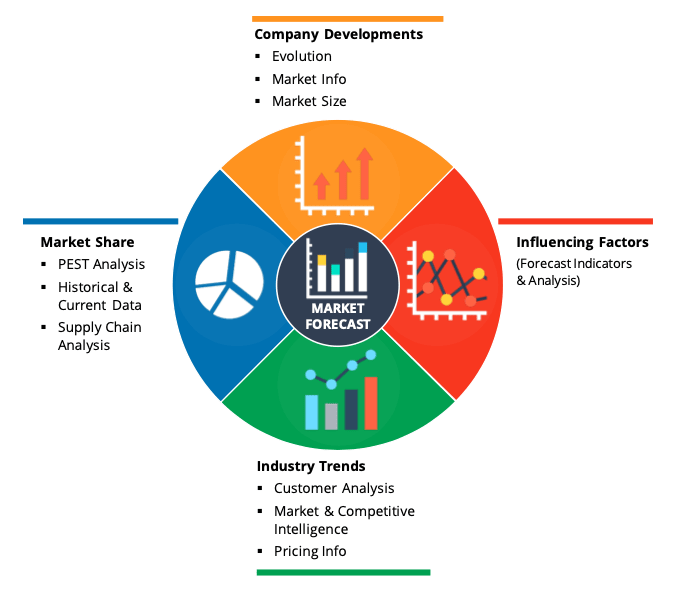Market OverviewGastroscopy is procedure in which flexible tube recognised as gastroscope is used to detect internal structure or the parts of stomach, esophagus, and the small intestine. The procedure is used to inspect the lining of gastrointestinal tract. The procedure can be done to acquire a biopsy to identify diseases such as coeliac or to perform test for helicobacter pylori. Helicobacter pylori is bacterium which is common cause of the gastric ulcers and duodenal.
Major drivers for growth of market across the globe are growing the prevalence of the gastric diseases, rising geriatric population, and the rising demand for advanced procedures and early diagnosis. Growth of market is restricted by high cost and possibility of developing infection through use of gastroscopes.
The growing prevalence of the gastric diseases has augmented investment made in the research by private and public organizations. This will supplementary lead to increase in demand for the procedure. According to article published in World Journal of Gastroenterology (WJG), in 2017, peptic ulcer affects almost 4 million people yearly with projected incidence rate of the 1.5 to 3.0%. According to the No Stomach for Cancer, Inc., in the year 2015, gastric cancer was third common cause of the deaths due to the malignancy and caused almost 723,000 deaths global. Thus, growing occurrences of cancers will further propel the growth of the market.
Segment OverviewThe global market has been divided into type, and end user. By type, market has been divided into standard, transnasal, therapeutic, and dual-channel gastroscopes. By end user, market has been categorised as diagnostic labs, hospitals and clinics, ambulatory surgical centers, and others.
Regional OverviewThe global market, based on region, is separated into the North America, Asia-Pacific, Europe, and the Middle East and Africa. In North America, market is undergoing tremendous growth owing to the increasing adoption of the new technologies for the detection of stomach ulcer, gastric cancer, and other gastrointestinal diseases and the rising prevalence of the digestive conditions such as dysphagia and dyspepsia. According to study conducted by National Foundation for the Swallowing Disorder, almost 15 million adults have suffered from dysphagia in the year 2016. Thus, market in the North America is expected to be largest during assessment period.
The European market for expected to be second-largest during forecast period. In Europe, prevalence of the disorders such as esophageal cancer, Barrett's esophagus, and inflammatory bowel disease is increasing, especially in geriatric population. According to Cancer Research UK, there were over 6680 new cases of the stomach cancer in UK in 2014, such factors are projected to boost growth of market.
Competitor overviewIn September 2017, the Stryker Corporation has acquired NOVADAQ Technologies Inc, aiming to increase product portfolio of the imaging technology.
In June 2017, the Boston Scientific Corporation launched the Alair bronchial thermoplastic treatment in India.
In January 2017, the PENTAX Medical (Hoya Group) has acquired C2 Therapeutics with the aim to expand interventional endoscopy products. With the acquisition, company aims to support its position in global gastroscopes market.
Key Players
- Boston Scientific Corporation
- Cogentix Medical
- Fujifilm Holdings Corporation
- Olympus Corporation
- PENTAX MEDICAL
- Endomed Systems
- KARL STORZ GmbH & Co. KG.
- SonoScape Medical Corp.
- SOFMEDICA
- Perkin Elmer
Market SegmentationBy Type
- Standard Gastroscopes
- Therapeutic Gastroscopes
- Transnasal Gastroscopes
- Dual-Channel Gastroscopes
By End User
- Hospitals and Clinics
- Ambulatory Surgical Centers
- Diagnostic Labs
- Others
By Geography
- North America
- Europe
- UK
- Germany
- France
- Italy
- Spain
- Rest of Europe
- Asia-Pacific
- Japan
- China
- India
- Australia
- South Korea
- Rest of Asia-Pacific
- LAMEA
- Brazil
- Saudi Arabia
- UAE
- Rest of LAMEA
Research Process
Data Library Research are conducted by industry experts who offer insight on
industry structure, market segmentations technology assessment and competitive landscape (CL), and penetration, as well as on emerging trends. Their analysis is based on primary interviews (~ 80%) and secondary research (~ 20%) as well as years of professional expertise in their respective industries. Adding to this, by analysing historical trends and current market positions, our analysts predict where the market will be headed for the next five years. Furthermore, the varying trends of segment & categories geographically presented are also studied and the estimated based on the primary & secondary research.
In this particular report from the supply side Data Library Research has conducted primary surveys (interviews) with the key level executives (VP, CEO’s, Marketing Director, Business Development Manager
and SOFT) of the companies that active & prominent as well as the midsized organization
FIGURE 1: DLR RESEARH PROCESS

Primary Research
Extensive primary research was conducted to gain a deeper insight of the market and industry performance. The analysis is based on both primary and secondary research as well as years of professional expertise in the respective industries.
In addition to analysing current and historical trends, our analysts predict where the market is headed over the next five years.
It varies by segment for these categories geographically presented in the list of market tables. Speaking about this particular report we have conducted primary surveys (interviews) with the key level executives (VP, CEO’s, Marketing Director, Business Development Manager and many more) of the major players active in the market.
Secondary Research
Secondary research was mainly used to collect and identify information useful for the extensive, technical, market-oriented, and Friend’s study of the Global Extra Neutral Alcohol. It was also used to obtain key information about major players, market classification and segmentation according to the industry trends, geographical markets, and developments related to the market and technology perspectives. For this study, analysts have gathered information from various credible sources, such as annual reports, sec filings, journals, white papers, SOFT presentations, and company web sites.
Market Size Estimation
Both, top-down and bottom-up approaches were used to estimate and validate the size of the Global market and to estimate the size of various other dependent submarkets in the overall Extra Neutral Alcohol. The key players in the market were identified through secondary research and their market contributions in the respective geographies were determined through primary and secondary research.
Forecast Model


